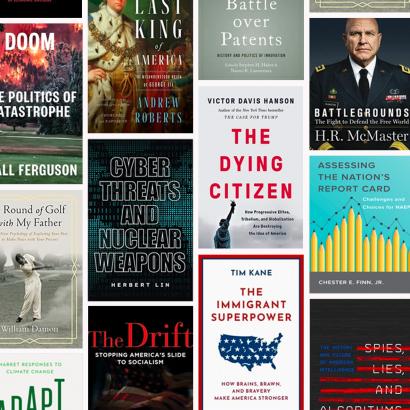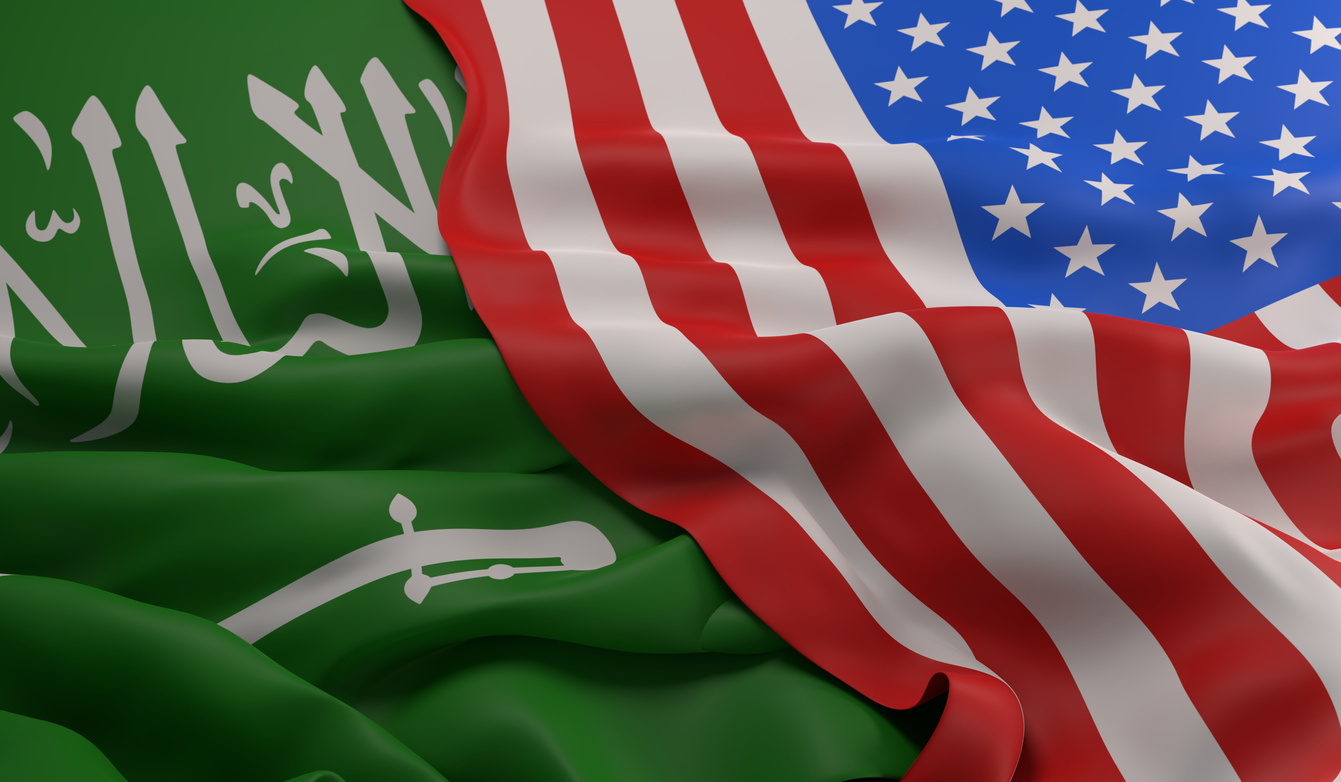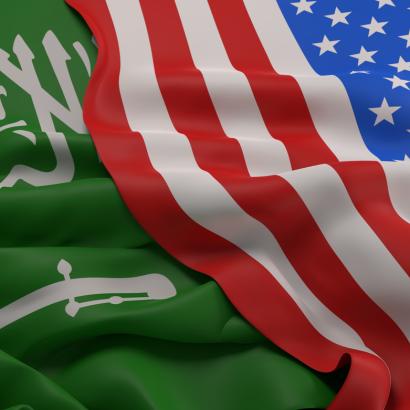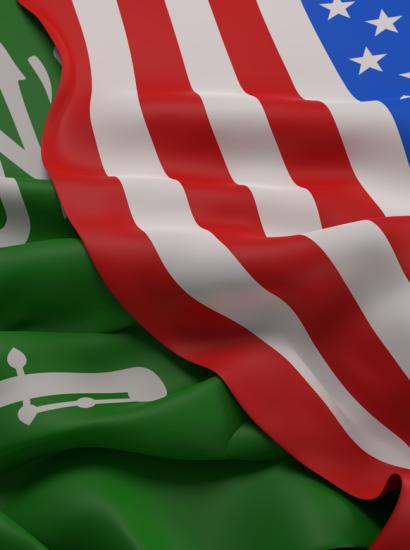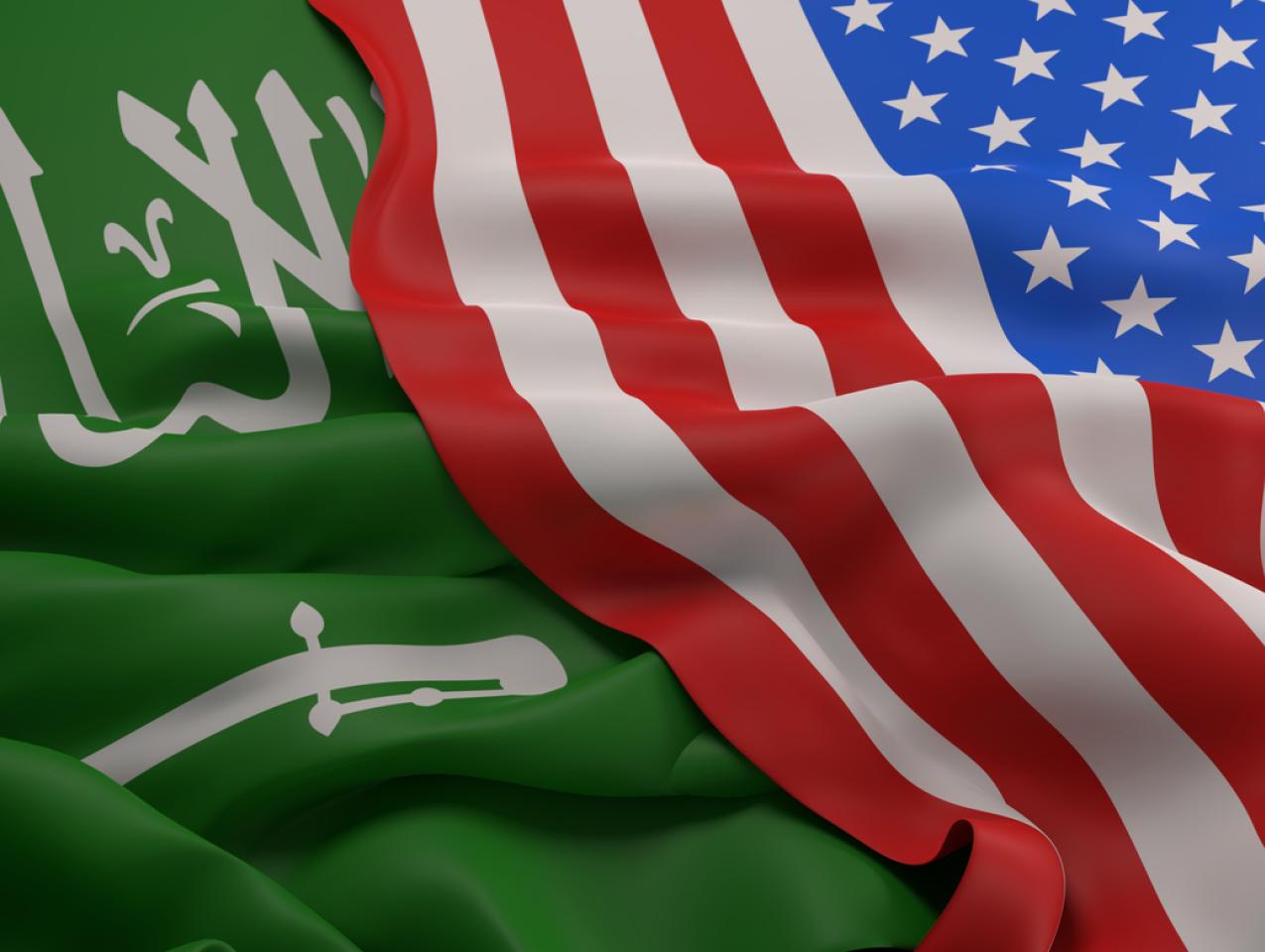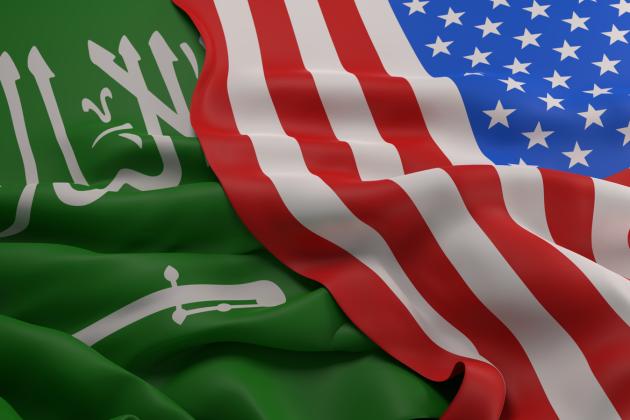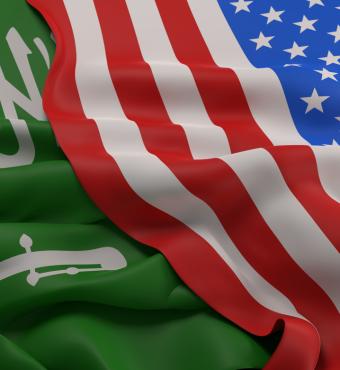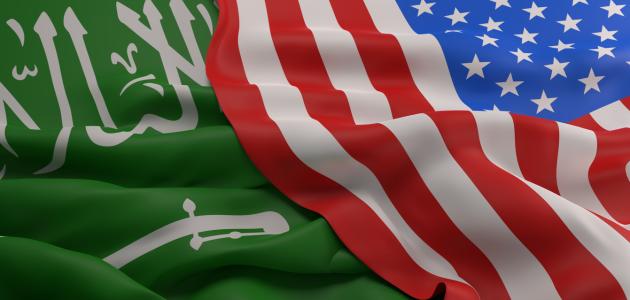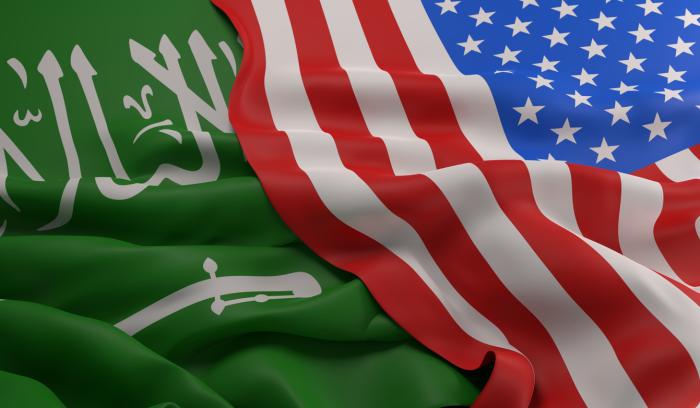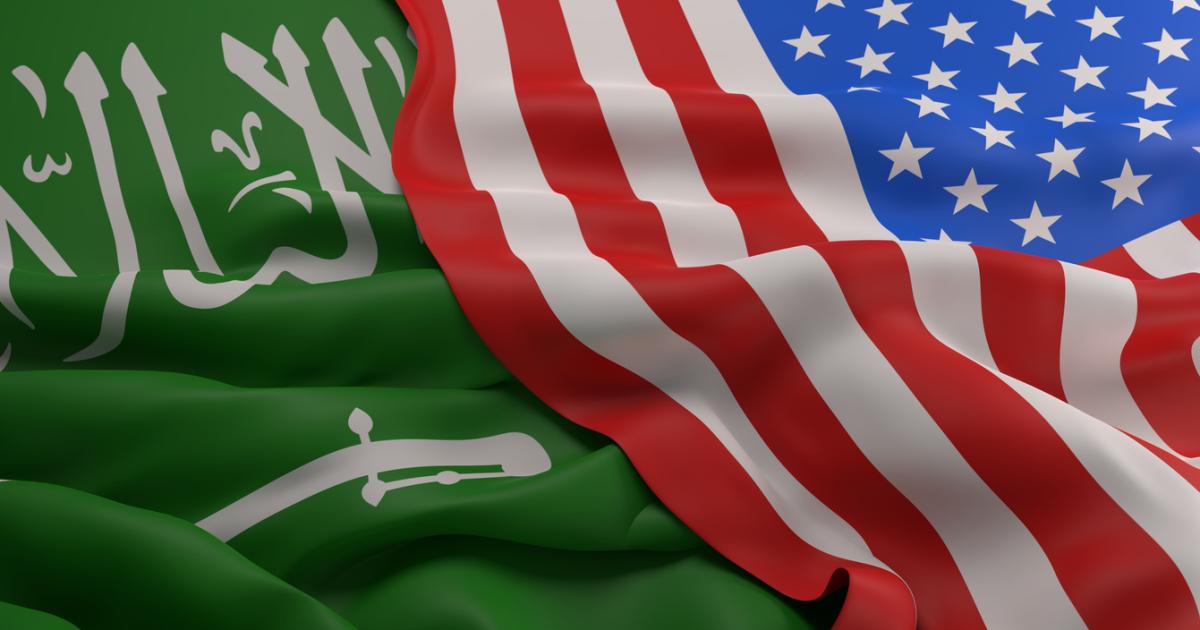- International Affairs
- Middle East
- Determining America's Role in the World
When Crown Prince and Prime Minister Mohammed bin Salman makes his official visit to Washington—expected in the coming weeks—it will offer both countries a moment to re-articulate a relationship that has quietly underpinned regional stability for three-quarters of a century. At the center of the agenda is a question strategists have debated for years: should the United States and Saudi Arabia formalize their long-standing security partnership? Viewed through the lens of hard interests rather than rhetoric, the answer is an unequivocal yes.
The recent Executive Order extending U.S. security guarantees to Qatar provides a template and a precedent. Logically, the next step is a U.S.–Saudi security agreement, because Saudi Arabia is the Gulf’s strategic depth: the largest geography, the core energy infrastructure, the principal logistics and basing network, and the political and religious center of gravity in the Arab and Islamic worlds. Importantly, this is not a sudden idea; the framework has been two years in the making through quiet interagency work, military-to-military planning, and leader-level consultations. This agreement will also build toward a formal defense treaty that could come into being in the next couple of years as part of a region-wide peace process.
To those understandably invoking “America First” against foreign entanglements: this agreement doesn’t widen U.S. obligations; it formalizes U.S. Central Command (CENTCOM)’s long-standing posture and, by sharpening deterrence, makes the use of U.S. force less likely. The United States already maintains a substantial, durable presence through CENTCOM and forward-deployed assets across the Middle East theater. Clear, written understandings lower the odds that those forces are ever used, because credible, unambiguous deterrence reduces miscalculation. Far from entangling Washington in new wars, a defined framework makes war less likely, preserves U.S. influence without larger footprints, and protects American economic interests by keeping energy markets stable and sea lanes secure. It also reinforces burden-sharing: the Kingdom is investing heavily so regional deterrence relies more on Saudi capabilities and a regional network of allies and less on U.S. boots on the ground.
Deterrence is time-sensitive. Clear, near-term commitments reduce the incentive for opportunism and lower the risk of miscalculation—especially in periods of transition. An appropriately tailored executive instrument—such as an Executive Order—can signal intent, codify operational cooperation already underway, and anchor day-to-day coordination among militaries without altering America’s regional footprint.
The Kingdom of 2025 is not the country American policymakers remember from decades past. Under the Crown Prince’s leadership, Saudi Arabia has launched the most ambitious transformation in its history—socially, economically, and ideologically. Over the past decade, the government has decisively marginalized extremist currents and promoted a moderate, pragmatic Islam that encourages education, women’s participation, and openness to the world. Few Western analysts grasp how deeply this has reshaped Saudi society and the broader Muslim conversation. A formal U.S. security commitment would both acknowledge and reinforce this ideological moderation, binding it to a shared architecture of security and development.
Why a guarantee now, despite a thaw with Iran and recent strikes that set back its program? Because that détente is tactical, not structural. Iran’s missiles, drones, cyber capabilities, and proxy networks retain the capacity to harass energy infrastructure, shipping lanes, and soft targets. Horizontal escalation—from Iraq to Yemen—remains available to Tehran even if its nuclear pathway has been degraded.
Markets are exquisitely sensitive in this phase: Vision 2030’s mega-projects and the Kingdom’s role as swing producer are precisely the kinds of targets where cheap disruption yields expensive consequences. A clear U.S.–Saudi guarantee lowers the risk premium, deters probing attacks, and signals that any attack—even by an Iranian proxy—will not be cost-free.
Strategically, Saudi Arabia remains the indispensable state in the Arab and Islamic worlds. Its geographic scale, financial depth, and religious legitimacy give it a weight no neighbor can match. Egypt has population but limited fiscal capacity; the Emirates have dynamism but not the depth; Iraq remains fragile. The Kingdom alone combines the three ingredients of regional influence.
Militarily, Saudi Arabia is already woven into America’s defense ecosystem. Its forces are equipped, trained, and structured around U.S. systems; it is among the largest buyers of American military hardware, sustaining tens of thousands of jobs in the U.S. defense industrial base. Over decades, the Kingdom has built a massive logistical infrastructure—airfields, ports, fuel depots, and command facilities—that allow U.S. power projection to surge eastward when needed, as demonstrated during the first Gulf War. No other state offers that scale of readiness. In fact, a recent example presents itself: when Qatar was threatened by Iran, the U.S. moved all its personnel and equipment from its base in Qatar to Prince Sultan Air Base in Saudi Arabia.
What makes the case even stronger today is that Riyadh is determined to reduce, not expand, reliance on American boots on the ground. Its defense-modernization program is investing billions in indigenous missile defense, drones, and naval capabilities designed to shoulder more of the deterrence burden. For Washington, this is leverage without liability: influence maintained through partnership rather than permanent deployment.
At the same time, Saudi Arabia has options. Its leaders have demonstrated strategic flexibility, as illustrated by the Kingdom’s recently signed mutual defense pact with nuclear-armed Pakistan, a relationship rooted in decades of close military cooperation. That agreement underscores Riyadh’s ability to diversify its security partnerships when needed. But it does not diminish the Saudi desire to enhance and solidify its historic relationship with the United States, which remains the cornerstone of the Kingdom’s defense and modernization strategy.
These agreements are not escalatory; they are clarifying. They transform historic relationships into ones of structure and predictability—deterring adversaries and reassuring partners.
The alignment of strategic interests between the U.S. and Saudi Arabia is unusually close. Both countries want to keep Iran contained and to prevent it from crossing the nuclear threshold. Both depend on the stability of global energy markets. Saudi Arabia, as the de facto central bank of oil, has repeatedly acted to moderate prices in ways that serve the global economy. Oil remains the bloodstream of world growth, and Riyadh’s stewardship of that system is vital to U.S. prosperity as much as to its own.
Far from entangling the United States in regional quarrels, such clarity would reduce the risk of miscalculation. History shows that the more credible a deterrent, the less likely it is to be tested. Ambiguity invites adventure; commitment prevents it.
The Crown Prince’s forthcoming visit is therefore more than ceremonial. It is the right moment to lock in a framework that secures the Gulf, deters Iran, and stabilizes the global economy. For both the United States and Saudi Arabia, the reward is significant: a durable partnership that can navigate the turbulent decades ahead.
Ali Shihabi is a Saudi author and political commentator


